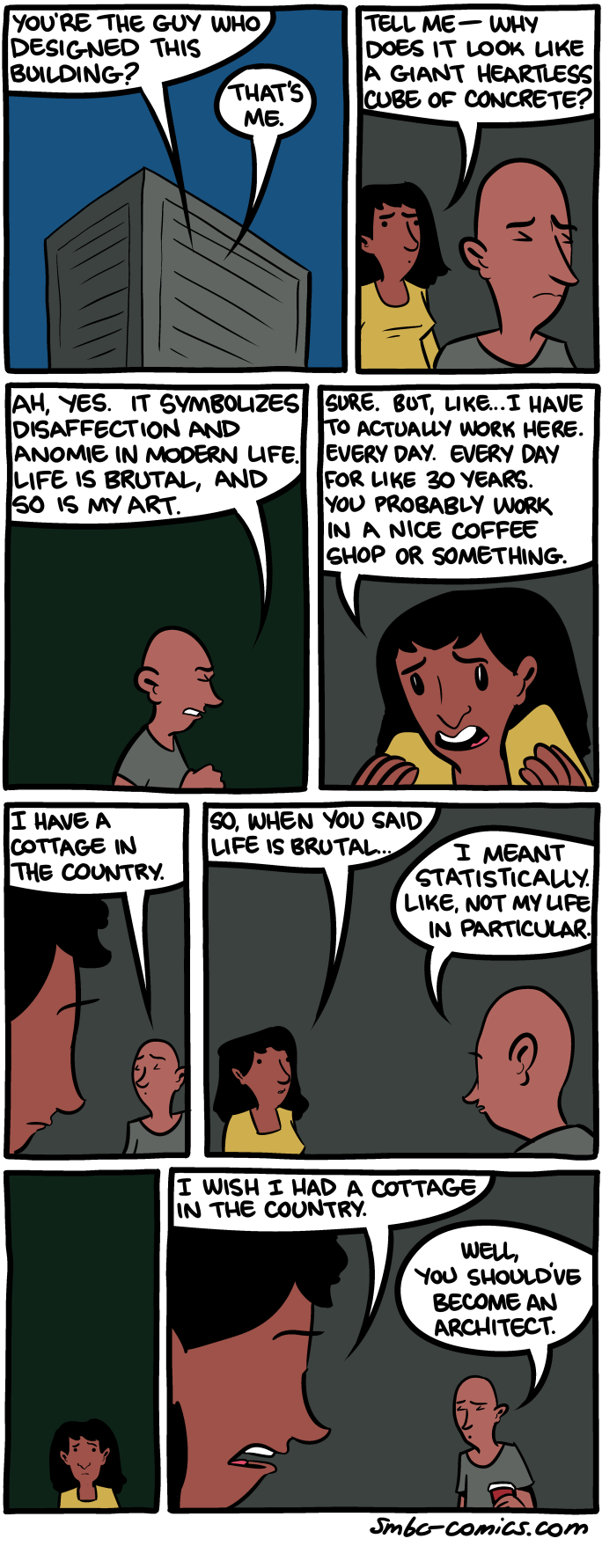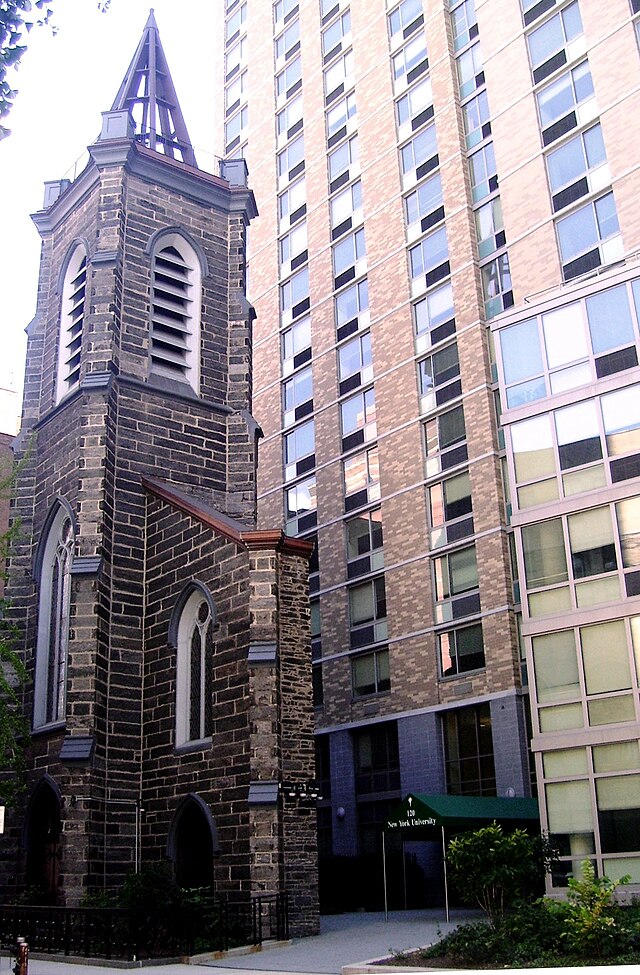Here’s my final piece to cap off my Aesthetics Week contributions.
Then God said, “Let us make man in our image, after our likeness. And let them have dominion over the fish of the sea and over the birds of the heavens and over the livestock and over all the earth and over every creeping thing that creeps on the earth.”
So God created man in his own image,
in the image of God he created him;
male and female he created them.And God blessed them. And God said to them, “Be fruitful and multiply and fill the earth and subdue it, and have dominion over the fish of the sea and over the birds of the heavens and over every living thing that moves on the earth.”
Women are beautiful, they are the most beautiful thing in the world. Why? Because Woman’s intrinsic biological purpose is the highest aim of mankind: to reproduce. Woman brings forth and nurtures life; her intrinsic purpose is to create the Imago Dei anew, again and again.
The function of Woman is to create new life, an intrinsically transcendent task. Her form signals her reproductive capabilities. Her beauty is a product of where her form and function points to this purpose.
Man is not beautiful, he can not be beautiful except through warped physical feminization, for his intrinsic biological purpose is not transcendent. Man’s intrinsic biological aim is to subdue the earth, an intrinsically material task.
Man may be attractive, handsome even, when his form signals high capabilities for subduing the earth or quality genetic material for helping Woman make life, but beauty is not his to have.
****
This is why attractiveness in women is prized by men. An attractive woman is signalling fertility, that she will be successful in this most transcendent of purposes.
This is where here becomes a difference between the beautiful and the hot. The beautiful woman signals that not only is she fertile, but she has the inner qualities which would make a good wife and mother to raise the resulting children. She signals that she would have high capabilities to the transcendent task of making a home. The hot woman signals fertility, but she does not signal motherly qualities. Hence, the the difference between hos and housewives. Men use hos, but make homes with housewives.
****
This is also why to most men think their particular wife is the most beautiful woman in the world, even though she is likely not the most attractive, she is probably only average. He may even recognize, on an objective level, that she is not the most attractive. Yet, despite this, she is beautiful, the most beautiful, because she is particularly transcendent to him.
As defunct blogger Solomon II wrote (Proverb 28) of the musings of an older man:
Listen to me. A good woman ages beautifully. When I look at my wife, I see the most gorgeous woman in the universe. Her wrinkled hands got that way by keeping up with my two boys and working hard for them while I was on the road. The lines under her eyes are from years of shedding tears for me when I was at war, and those wrinkles on her brow are from decades of worry for me and my two sons. It was her legs they held on to when they were learning to walk, her lap was where they learned to read, and her breasts were their first nourishment. The first kiss those boys ever received was from her lips, and God willing, my last kiss will be from her lips.
You two don’t know what you’re missing – or maybe you do. But all I know is that she’s as beautiful, desirable, and lovely today as the day I met her, and I wouldn’t trade one second with her for a lifetime of rowdiness with one of those harlots you guys have waiting for you back home.
You two don’t know what beauty is. In a way, I feel sorry for both of you.
A man’s wife’s form might not particularly signal transcendent functionality to most men, but to him she is the one that brought forth his children, that made life not just in the image of God, but in his own image as well. She is the one that nurtured and raised his own particular instantiations of God’s image. No mere objective attraction, objective beauty, can possibly match that beauty such as that.










